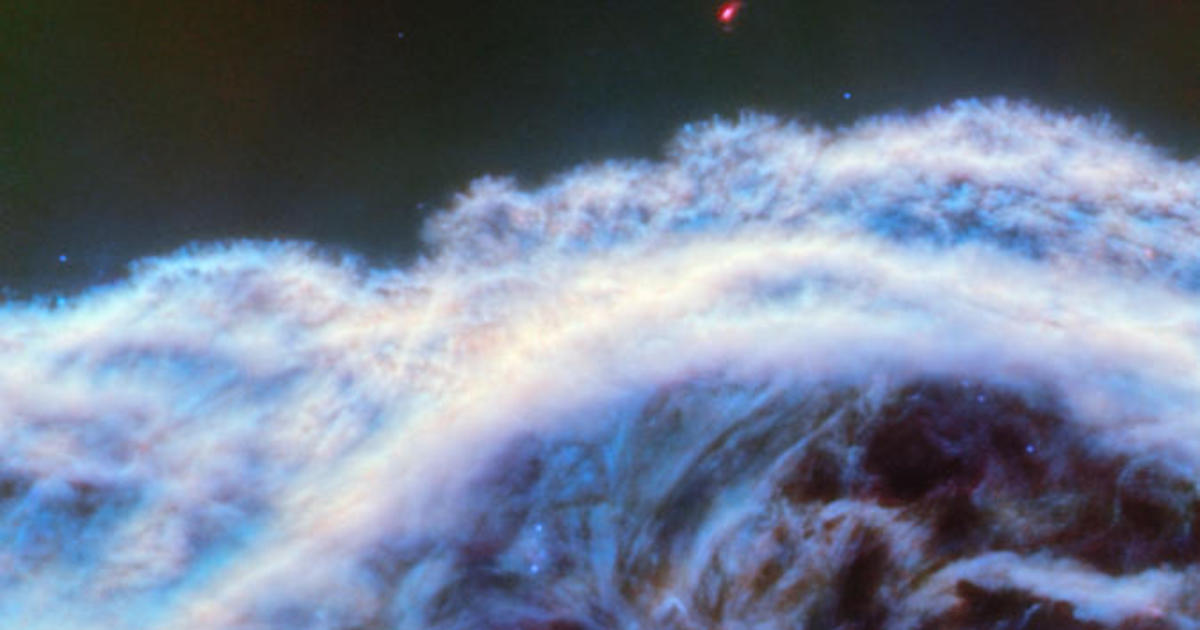The 2023 Geminid meteor showers peak tonight. Here's when and where they'll be visible
The Geminids, considered one of the best and most reliable meteor showers of the year, is underway and is set to peak Wednesday night.
Activity began on Nov. 19, but the cosmic show will continue until Dec. 24, with a peak from Wednesday night into Thursday morning. Here's what you should know about the Geminids meteor shower, including what causes it:
When and where can you see the Geminids meteor shower?
The Geminids are visible across the globe, according to NASA. They're best viewed at night and in the pre-dawn hours. The shower typically starts around 9 or 10 p.m.
The meteors will be visible throughout the night sky, making the Geminids one of the best opportunities for young stargazers to enjoy a meteor shower.
NASA advises viewing the Geminids in an area well away from city or street lights. Astronomy fans should lie flat on their backs with their feet facing south and look up. It will take about 30 minutes for your eyes to adjust to the dark so that you can see the meteors.
People should bring a sleeping bag, blanket or lawn chair to stay comfortable in the cold.
What makes the Geminids special?
The Geminids are usually the strongest meteor shower of the year, with a rate of 120 meteors per hour under perfect conditions, according to NASA. The Leonids, which peaked in November, feature an average of 15 meteors an hour.
Most meteor showers originate from comets, but the Geminids come from 3200 Phaethon, an asteroid. The asteroid acts like a "weird" comet.
The annual meteor shower first appeared in the mid-1800s. At the time, there were 10 to 20 meteors an hour, but the shower has grown bigger in the years since.
NASA scientists say the Geminids are bright, fast and usually yellow in color. Most meteors appear to be colorless or white, Bill Cooke, lead for the Meteoroid Environment Office at NASA's Marshall Space Flight Center in Huntsville, Alabama, said in a NASA blog post.
The Geminids will streak through the sky at a speed of 22 miles per second.
What is a meteor shower?
Meteors are space rocks that enter Earth's atmosphere, according to NASA. They heat up as they fall toward earth and appear as shooting stars. The streak of light is glowing, hot air as the meteor speeds through Earth's atmosphere.
While meteors streak through the sky every night, there are several meteor showers each year. During meteor showers, many meteors hit Earth's atmosphere in a short period of time. Most of the meteors burn up in space. The few that survive the trip through the atmosphere and reach the ground are considered meteorites.



